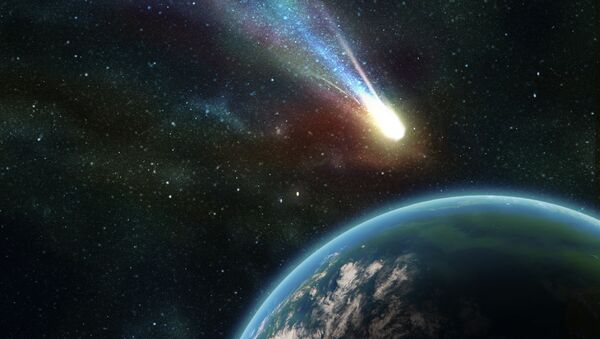The space rock, detected by the Panoramic Survey Telescope & Rapid Response System only three days before its remarkable flyby inside the lunar orbit, was Earth's third near-miss incident in just nine days, according to astronomers.
"It raises a few eyebrows when we see a number of close approaching NEAs over such a short period of time," said Slooh astronomer Paul Cox, cited by Space.com. "We'll investigate how this could be."
At the moment of its closest approach, Slooh pointed its Canary Island-based telescopes at BS32, capturing remarkable images of the fast-moving object.
Asteroids are small airless rocky bodies revolving around the Sun. Too small to be called planets, they are believed to be leftover material from the formation of the Solar System.
According to astronomer Eric Edelman, Slooh's surveys are ground-based, therefore rain and clouds have a significant impact on observations. Also, if there is a bright moon "on the night that something is nearing by," dimmer objects in the sky can be very difficult to see.
In addition, space rocks are hard to spot because of their speed, as they slip into and out of a telescope's field of view very quickly, Slooh explained.






